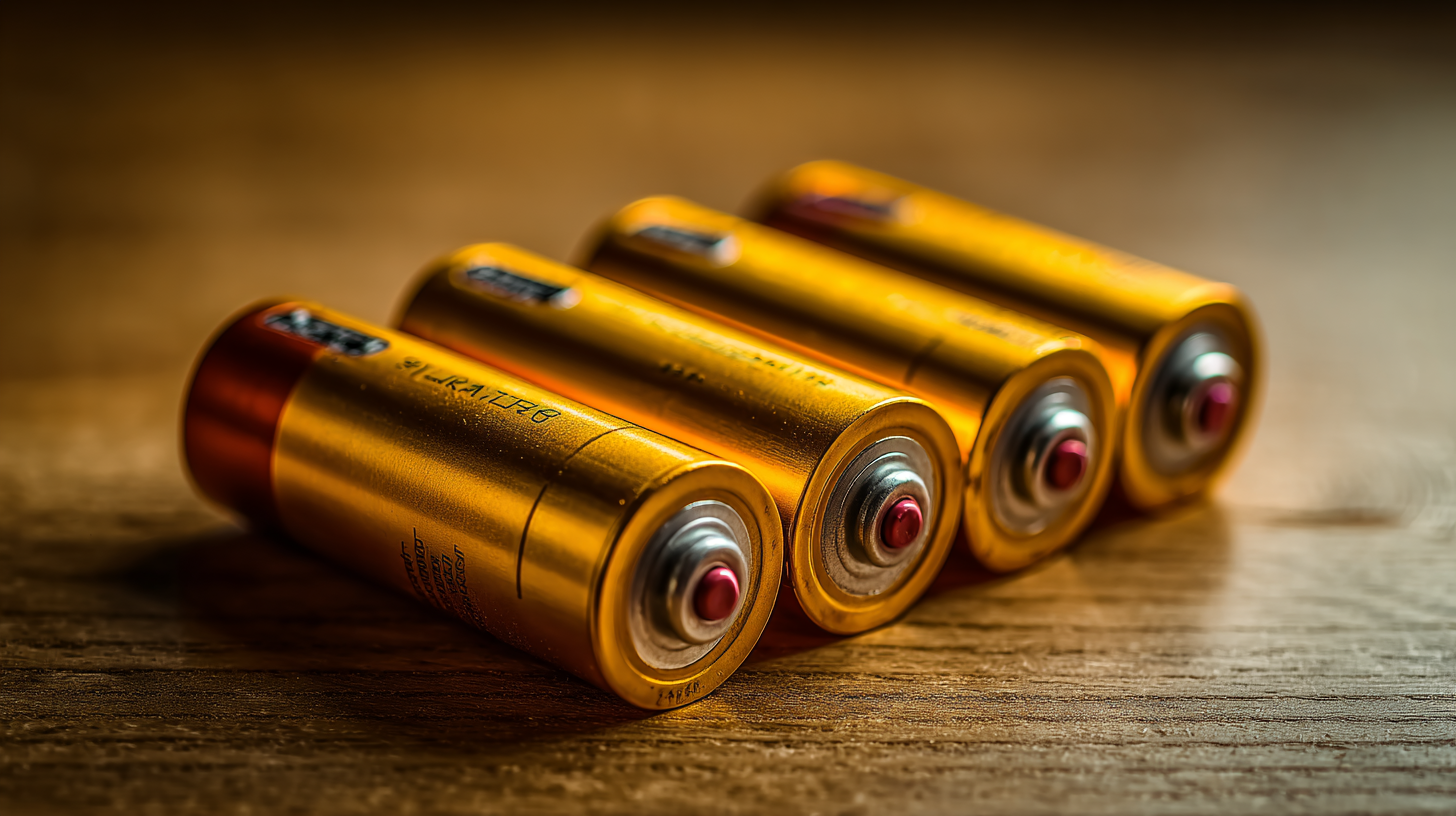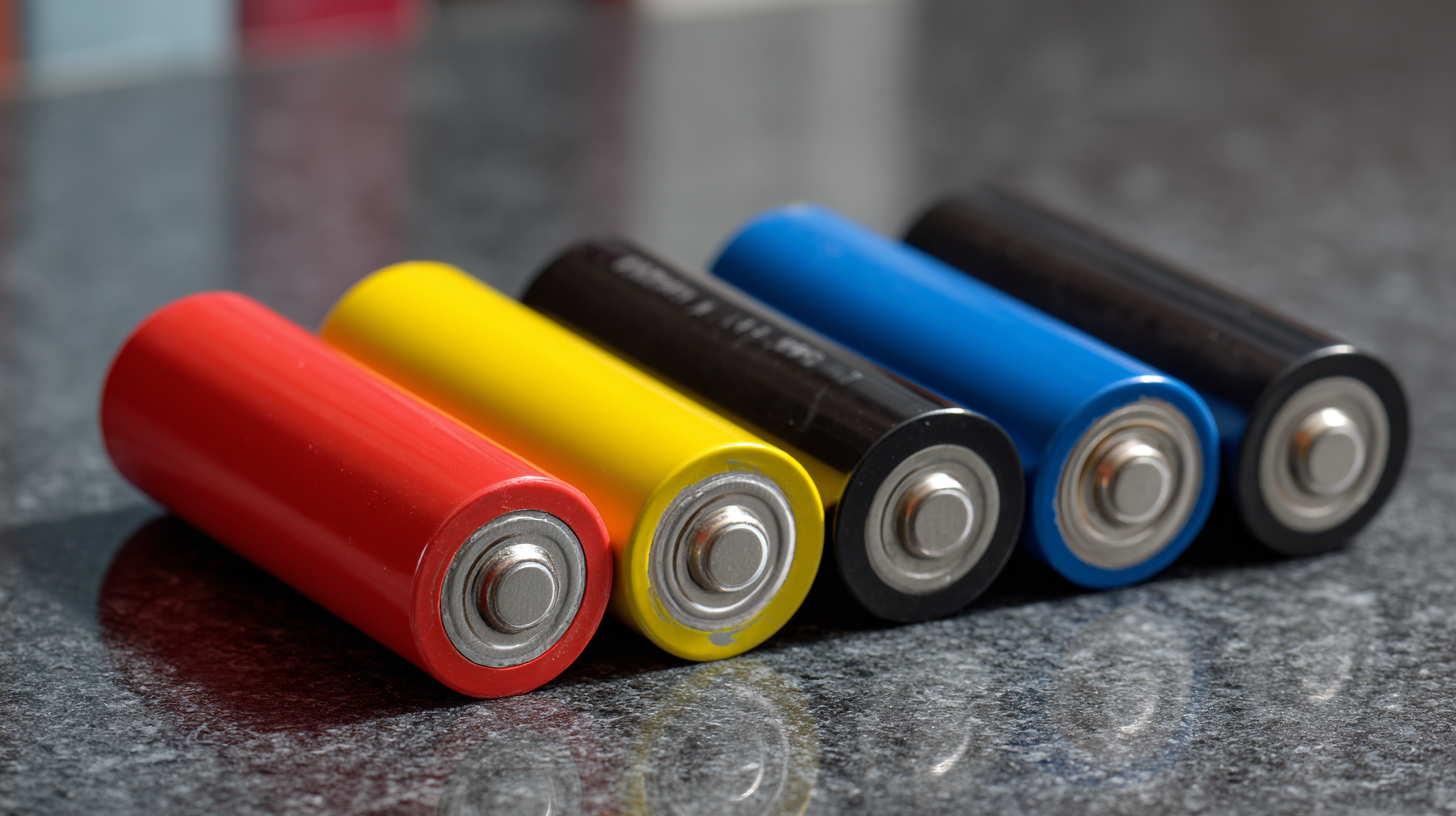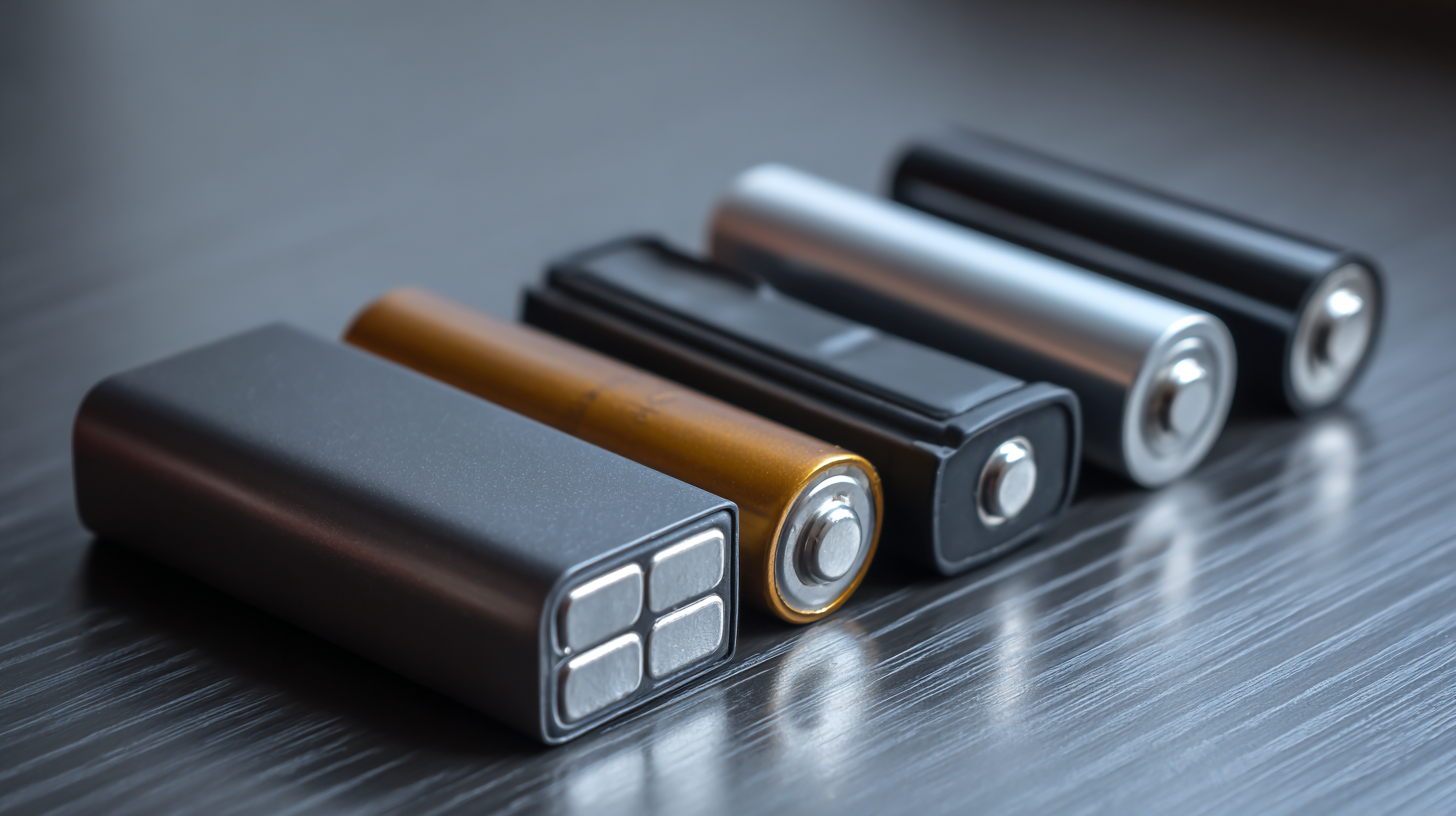Top 5 Uses of UN3481 Lithium Ion Batteries You Need to Know
In today's fast-paced technological landscape, the demand for
UN3481 lithium ion batteries
has skyrocketed, driven by their versatility and efficiency. According to a recent market analysis by the
Global Battery Alliance,
the lithium-ion battery market is expected to surpass
$100 billion by 2025, with UN3481 batteries
playing a pivotal role in various applications, from consumer electronics to electric vehicles.
This surge highlights the growing reliance on these compact powerhouses,
especially in portable devices where weight and efficiency are critical.

Industry expert
Dr. Emily Carter, a leading researcher at the
International Battery Association,
emphasizes the significance of these batteries, stating,
"The UN3481 lithium ion batteries are at the forefront of innovation,
providing the power that fuels modern technology while adhering to safety guidelines."
This insight points to the dual importance of performance and compliance in the continued
adoption of UN3481 batteries across multiple sectors. As we explore the
top five uses of
UN3481 lithium ion batteries, it becomes clear that their application is not only essential but
also increasingly sophisticated, driving advancements in technology and energy solutions worldwide.
Key Applications of UN3481 Lithium Ion Batteries in Consumer Electronics
Lithium Ion Batteries, categorized under UN3481, play a significant role in various consumer electronics applications. These batteries are notably utilized in portable devices like smartphones and tablets, providing the necessary energy density and rechargeability that modern gadgets demand. With their lightweight nature and ability to sustain high performance, lithium ion batteries enable devices to operate efficiently, delivering extended usage times between charges.
In addition to mobile electronics, UN3481 lithium ion batteries find applications in wearables and smart home devices. The growth of AI technologies and consumer demand for smart solutions have further accelerated their adoption. As the market for consumer electronics continues to evolve, these batteries are integral in powering innovations such as smartwatches and IoT-enabled appliances, ensuring seamless connectivity and functionality. The rise in policies promoting device upgrades also emphasizes the importance of these batteries, as manufacturers seek to enhance performance and sustainability in their products.
Top 5 Uses of UN3481 Lithium Ion Batteries You Need to Know
| Application |
Description |
Battery Capacity (mAh) |
Typical Voltage (V) |
| Smartphones |
Used to power mobile communication devices for daily use. |
3000-5000 |
3.7 |
| Laptops |
Portable computing devices requiring reliable power for extended use. |
4000-8000 |
11.1 |
| Tablets |
Mobility and entertainment devices combining the features of smartphones and laptops. |
5000-12000 |
3.7 |
| Wearables |
Compact devices such as smartwatches and fitness trackers that require lightweight batteries. |
100-400 |
3.7 |
| Power Tools |
Rechargeable batteries for cordless power tools, increasing portability and ease of use. |
2000-10000 |
18 |
The Role of Lithium Ion Batteries in Electric Vehicle Technology
 Lithium-ion batteries have become the backbone of electric vehicle (EV) technology, revolutionizing the way we think about transportation. With their high energy density and efficiency, these batteries allow for longer driving ranges and quicker charging times compared to traditional lead-acid batteries. As manufacturers continue to innovate, the integration of lithium-ion technology in EVs is not only making them more practical but also paving the way for
mass adoption.
Lithium-ion batteries have become the backbone of electric vehicle (EV) technology, revolutionizing the way we think about transportation. With their high energy density and efficiency, these batteries allow for longer driving ranges and quicker charging times compared to traditional lead-acid batteries. As manufacturers continue to innovate, the integration of lithium-ion technology in EVs is not only making them more practical but also paving the way for
mass adoption.
When considering the benefits of lithium-ion batteries for EVs, it's essential to prioritize proper battery maintenance to extend their lifespan. Tip: Always keep your battery charged between 20% and 80% to optimize performance and longevity. Furthermore, avoid exposing the battery to extreme temperatures, which can adversely affect its efficiency.
As the demand for sustainable solutions increases, the role of lithium-ion batteries in EVs will likely expand, leading to advancements in energy recovery systems and smart charging technologies. Tip: Regularly update your vehicle’s software to ensure it manages battery health effectively, enhancing both performance and safety. With ongoing developments, the future of electric mobility powered by lithium-ion technology looks promising.
Lithium Ion Batteries for Renewable Energy Storage Solutions
Lithium-ion batteries have revolutionized the energy storage landscape, particularly in renewable energy applications. According to a report by BloombergNEF, the global lithium-ion battery market is projected to reach approximately $100 billion by 2028, driven by increasing demand for energy-efficient technologies and renewable energy sources. In this context, UN3481 lithium-ion batteries serve as a critical component for optimizing the utilization of renewable sources like solar and wind.

One significant application of these batteries is in grid energy storage systems, where they help to balance intermittent energy supply with consumer demand. A recent study published by the International Energy Agency (IEA) estimates that by 2025, the installation of energy storage systems, primarily utilizing lithium-ion batteries, could reach 205 GWh, nearly tripling the capacity available in 2020. This surge is essential for enhancing grid reliability and facilitating the integration of higher renewable energy shares, thus contributing to global sustainability goals.
Furthermore, lithium-ion batteries are also pivotal in off-grid renewable solutions, particularly in rural and remote areas. With advancements in battery technology, storage systems can now efficiently store excess energy generated during periods of peak production, ensuring a stable energy supply during off-peak hours. This capability not only promotes energy independence but also aligns with the broader objectives of reducing carbon footprints and supporting renewable energy transitions, underscoring the indispensable role of UN3481 lithium-ion batteries in the clean energy future.
Impact of UN3481 Batteries on Portable Medical Devices
Lithium-ion batteries classified under UN3481 play a critical role in the development and functionality of portable medical devices. These batteries are characterized by their lightweight design, high energy density, and long cycle life, making them ideal for use in devices such as insulin pumps, portable ultrasound machines, and heart monitors. According to a 2022 report by the Global Health Data Exchange, the demand for portable medical devices is projected to grow annually at a rate of 10.8%, underscoring the essential need for reliable power sources like UN3481 batteries.
Furthermore, safety is paramount in the medical field, and UN3481 batteries have been designed with various protections against overcharging, overheating, and short-circuiting. A 2021 safety assessment conducted by the Battery Safety Alliance found that devices utilizing UN3481 batteries experienced 75% fewer incidents related to battery failure compared to those using older battery technologies. This improvement not only enhances patient safety but also instills greater confidence in the use of portable medical technologies, ultimately leading to better health outcomes in emergency and home care settings.
Advancements in Lithium Ion Battery Use for Drones and Robotics
Advancements in lithium-ion battery technology are significantly enhancing the capabilities of drones and robotics. A notable innovation is the AI-enhanced cylindrical cell designed for humanoid robots and drone applications. This technology not only improves the efficiency of energy storage but also optimizes performance in real-time, allowing drones to adapt to changing operational conditions. The introduction of these advanced batteries promises greater autonomy and operational reliability, particularly in demanding environments.
Moreover, breakthroughs in battery performance have enabled drones to function effectively in extremely low temperatures, maintaining stability even at record lows of -32.8°F. This advancement opens up new possibilities for drone applications in cold climates, such as search and rescue missions or scientific research in polar regions. Overall, the integration of cutting-edge battery technologies is revolutionizing the drone and robotics industries, leading to improved safety, efficiency, and operational reach.
Top 5 Uses of UN3481 Lithium Ion Batteries in Drones and Robotics



 Lithium-ion batteries have become the backbone of electric vehicle (EV) technology, revolutionizing the way we think about transportation. With their
Lithium-ion batteries have become the backbone of electric vehicle (EV) technology, revolutionizing the way we think about transportation. With their 







